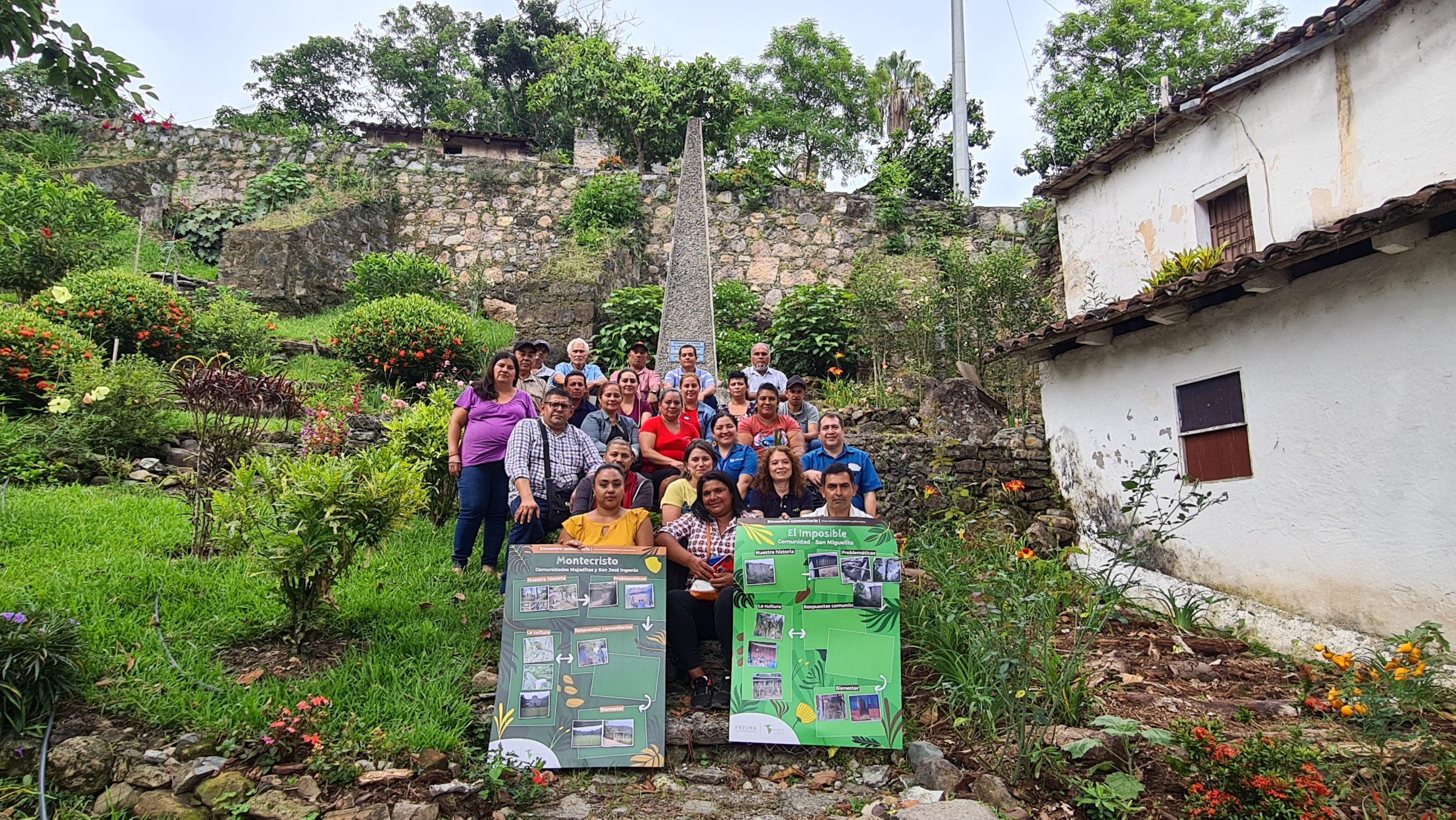El Salvador: Ecosystem restoration and conflict transformation
Authors
The ecosystem restoration agenda in El Salvador began to gain prominence in the last decade as a response to the persistent historical dynamics of environmental degradation and the growing impact of climate change. These issues have had negative consequences on the livelihoods and food security of the population.
At institutional level, policies, programmes and projects were launched to promote transformations in agricultural and livestock practices that would strengthen the resilience of the most vulnerable communities in different territories of the country. This involved developing the landscape approach and recognising the importance of collective action and the construction of agreements between the actors who use and benefit from natural resources.
However, this process has also faced challenges, as there are still policies that promote practices that degrade ecosystems, as well as regulations that are typical of exclusionary forms of conservation, which hinder the contributions of the population in the governance of territories and their resources, which goes against the objectives of ecosystem restoration.
One of the most prominent challenges in this context is conflict transformation. Although some conflicts are more complex than others, there are strategies that can help resolve disputes. This involves creating spaces where different actors can identify the problem, its causes and possible viable solutions. One example is found in San Miguelito, a small community on the border of El Imposible National Park, in the department of Ahuachapán. There, communities have followed a path to turn a latent conflict into an engine of change for their community and their territorial environment.
The lessons learned in San Miguelito are valuable for government institutions, donors and other stakeholders seeking to advance restoration goals and promote inclusive approaches to territorial governance.
- Nombre Autor
Our offices:

- Chile: Huelén 10, Providencia, Santiago, Metropolitan Region (+56-2) 2236 4557 | Fax (+56-2) 2236 4558.

- Ecuador: Czechoslovakia E9-95 between Switzerland and Moscow. Eveliza Plaza Building. First floor. Quito. (+593-2) 5150144.

- Colombia: Carrera 9 No 72-61 Office 303. Bogotá. (+57-1) 2073 850.

